// june 10, 2014 //
Post-war modernism has long since been a major focus of historical research. The chronological parameters of this architectural epoch remain hazy, for instance, as do the underlying connections between post-war modernism and late modernism. It might also be argued that the crisis of late functionalism around 1970 and the subsequent postmodernist backlash were rooted in the closing years of post-war modernism.
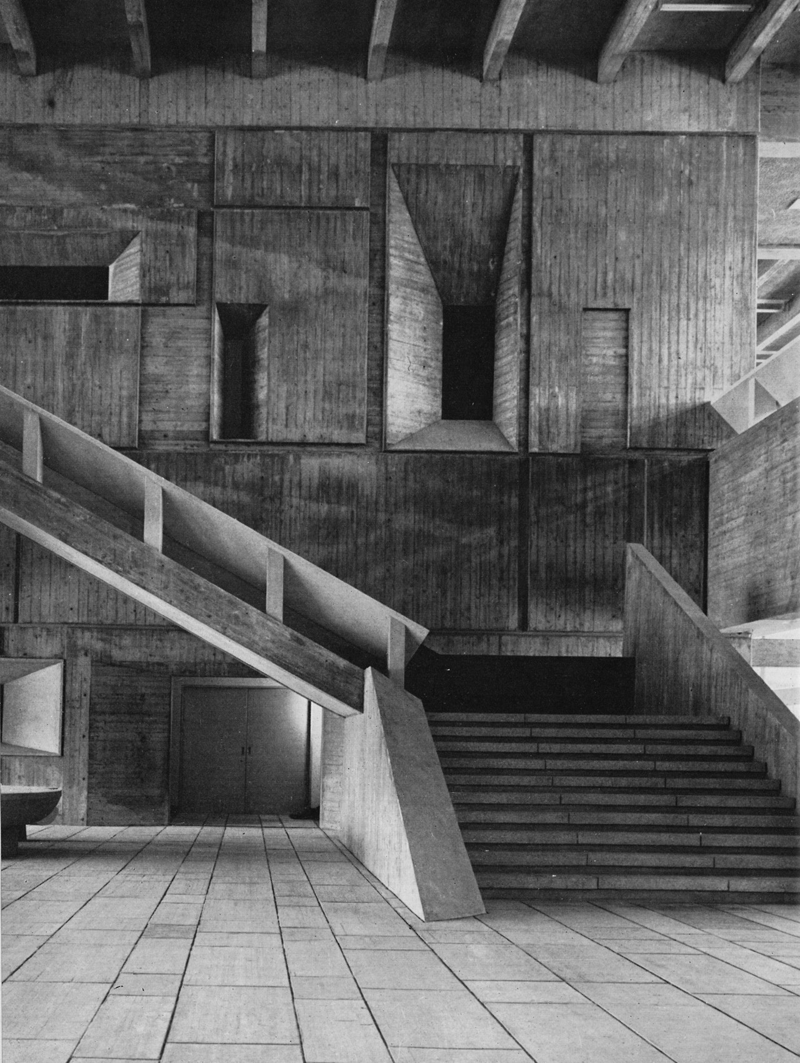
City Hall by Kenzo Tange. Kurashiki, Japan, 1958-60
Brutalism is crucial to an understanding of transitions in this period. An outcome both of generational conflict at the CIAM (Congrès International d’Architecture Moderne) of the late 1940s, and of the subsequent work of Team 10 Brutalism (to quote Alison Smithson) signalled the appropriation and transformation of ‘heroic modernism’. Brutalism by the late 1960s and 70s had become an integrative element of the international shift towards urban density and away from the functional city and functional separation in the Corbusian sense.
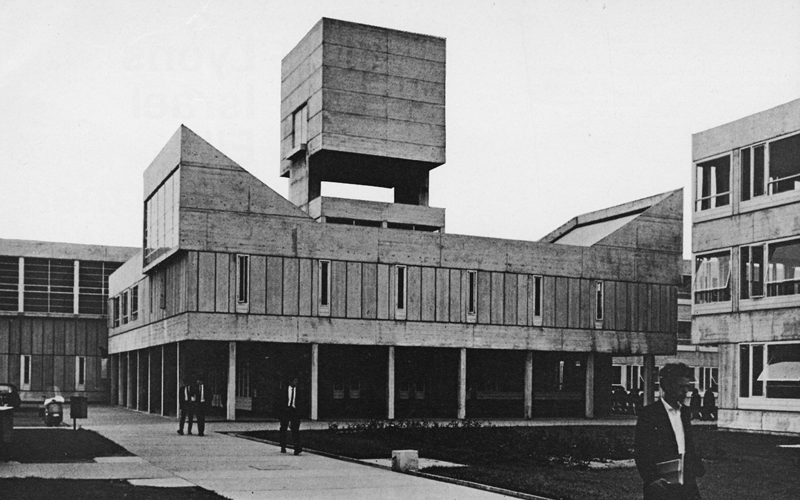
David Lister High School by Lyons Israel Ellis. Kingston-upon-Hull, East Yorkshire, UK, 1960s

Town Hall by Alfred Neumann, Zvi Hecker and Eldar Sharon. Bat Yam, Israel, 1959-63
Brutalism is a priori the diffuse project of a generation whose quasi, fundamentalist revival of an authentic aesthetic by recourse to the materials of modernism and the striking, no-frills look of béton brut was simultaneously a call for a code of ethics: a code with bearing on the everyday role played by the built environment in inhabitants’ lives – on everyday culture as opposed to high culture.
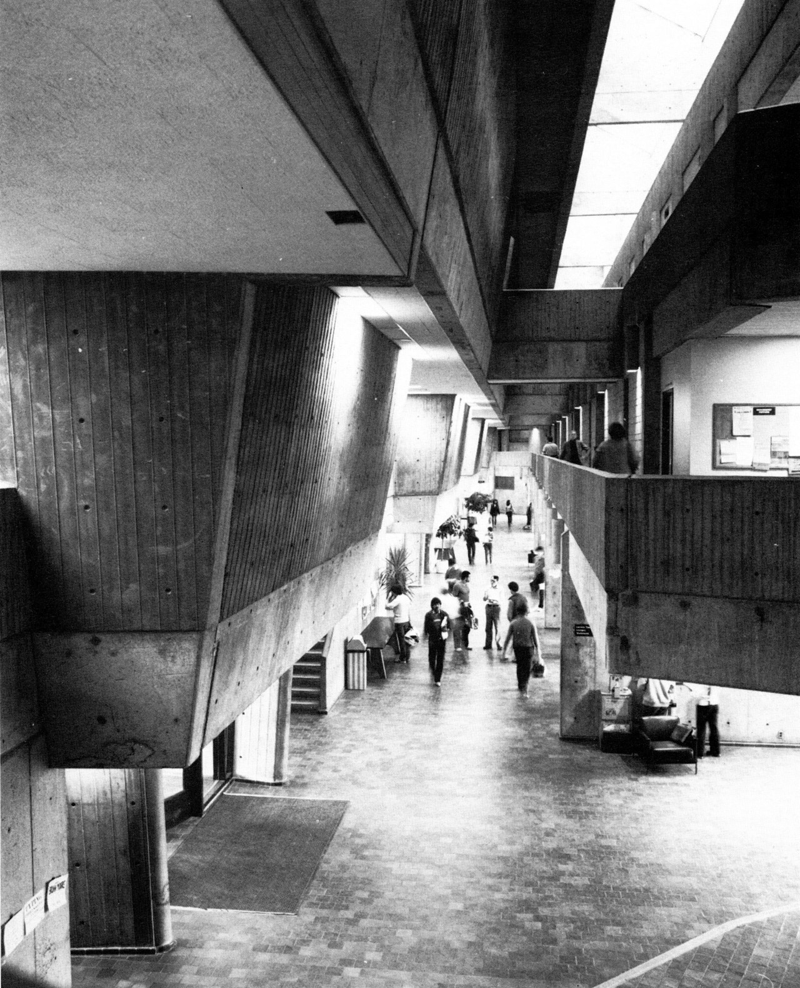
Scarborough College by John Andrews. Scarborough, Ontario, Canada, 1963-66
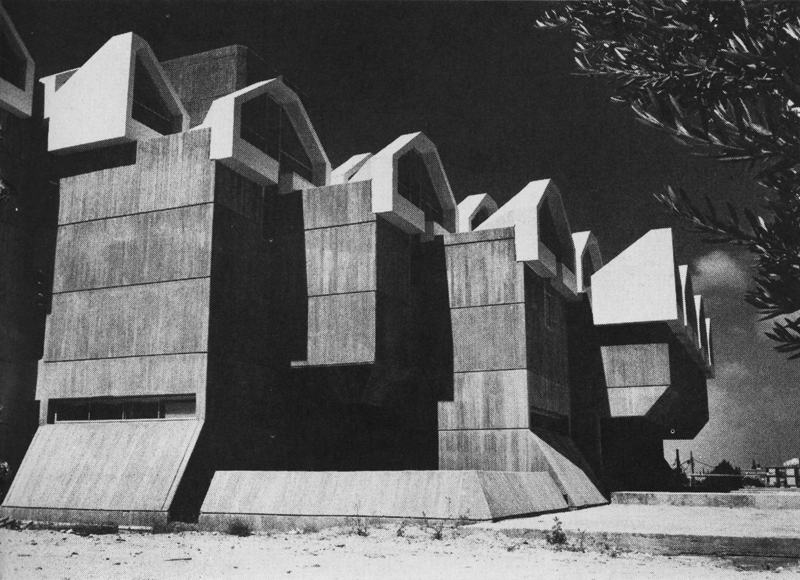
Central Library, Negev University, (Now Ben-Gurion University of the Negev) by Nadler, Nadler, Bixon, Gil. Beersheba, Israel, 1969
The renaissance of certain Brutalist motifs and theorems in recent contemporary architecture is by no means paralleled by public appreciation for the architectural ‘manifestos’ bequeathed us by this movement. Indeed, as the demolition of the Pimlico School and the planned demolition of the large housing estate, Robin Hood Gardens, both in London, clearly signalize, moves to preserve this architectural heritage are highly controversial.
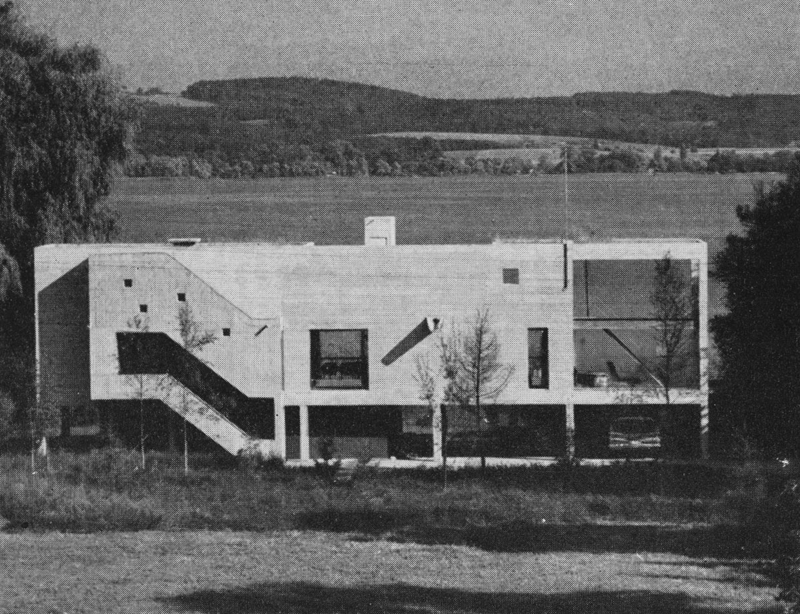
House at Motier by Atelier 5. Switzerland, 1959
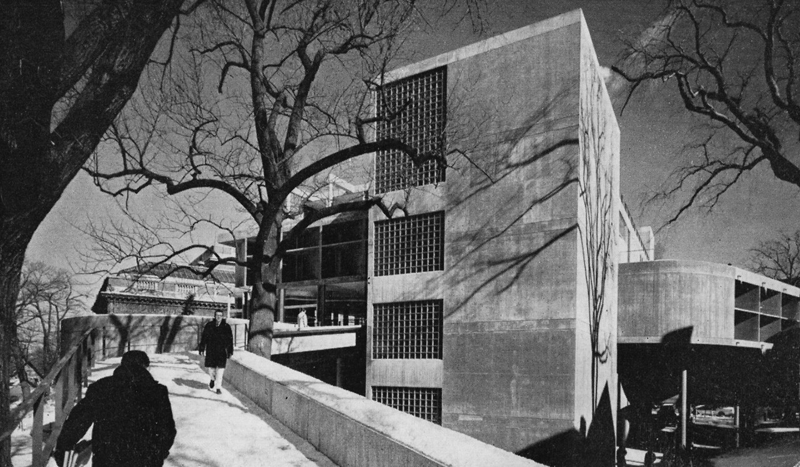
Carpenter Center for the Visual Arts by Le Corbusier. Harvard University, Cambridge, Massachusetts, 1962
Likewise in Berlin, preservation of the legendary St Agnes Church – the epitome of the German Brutalist movement, designed in the 1960s by Werner Düttman, former Director of Public Works for the Berlin Senate – is currently fiercely contested. The repercussions of this far-reaching debate are already also rocking the foundations of 1970s architecture, such as the IBA houses designed by John Heyduk.
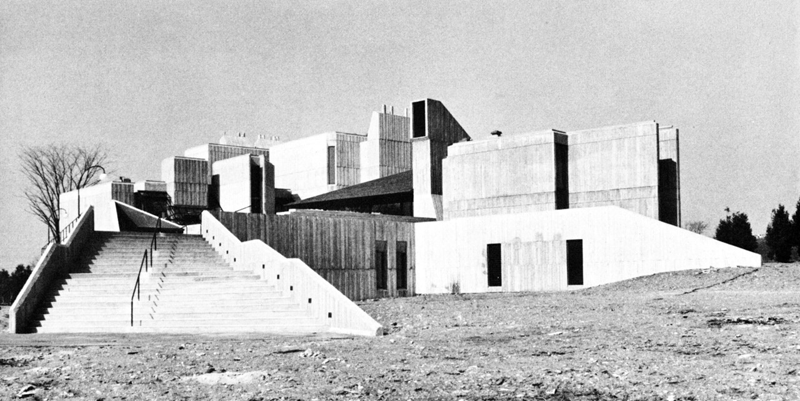
Chemistry Building, Trent University by R.J. Thom, Thompson Berwick Pratt & Partners. Peterborough, Ontario, 1960s
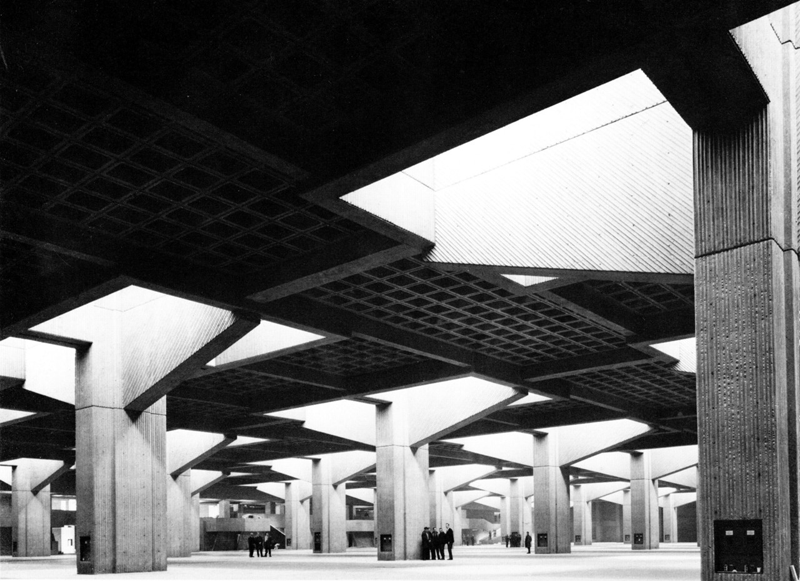
Place Bonaventure by Affleck, Desbarats, Dimakopolous, Levansold, Sise. Montreal, Quebec, Canada, 1967
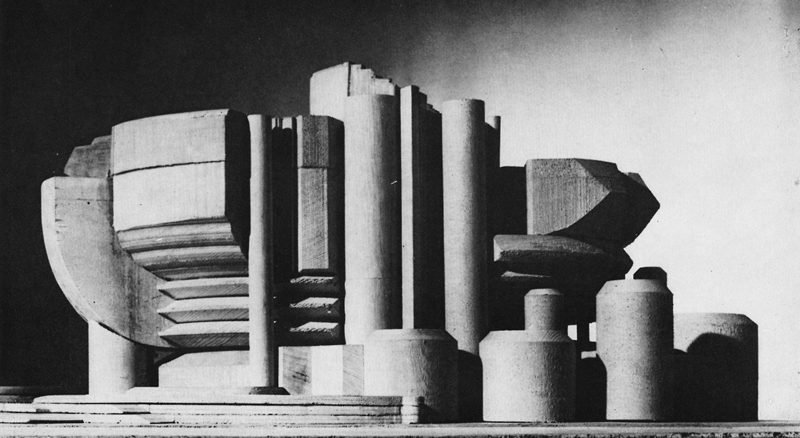
Madrid Opera House by Francisco F. Longoria. Competition Entry, 1965

